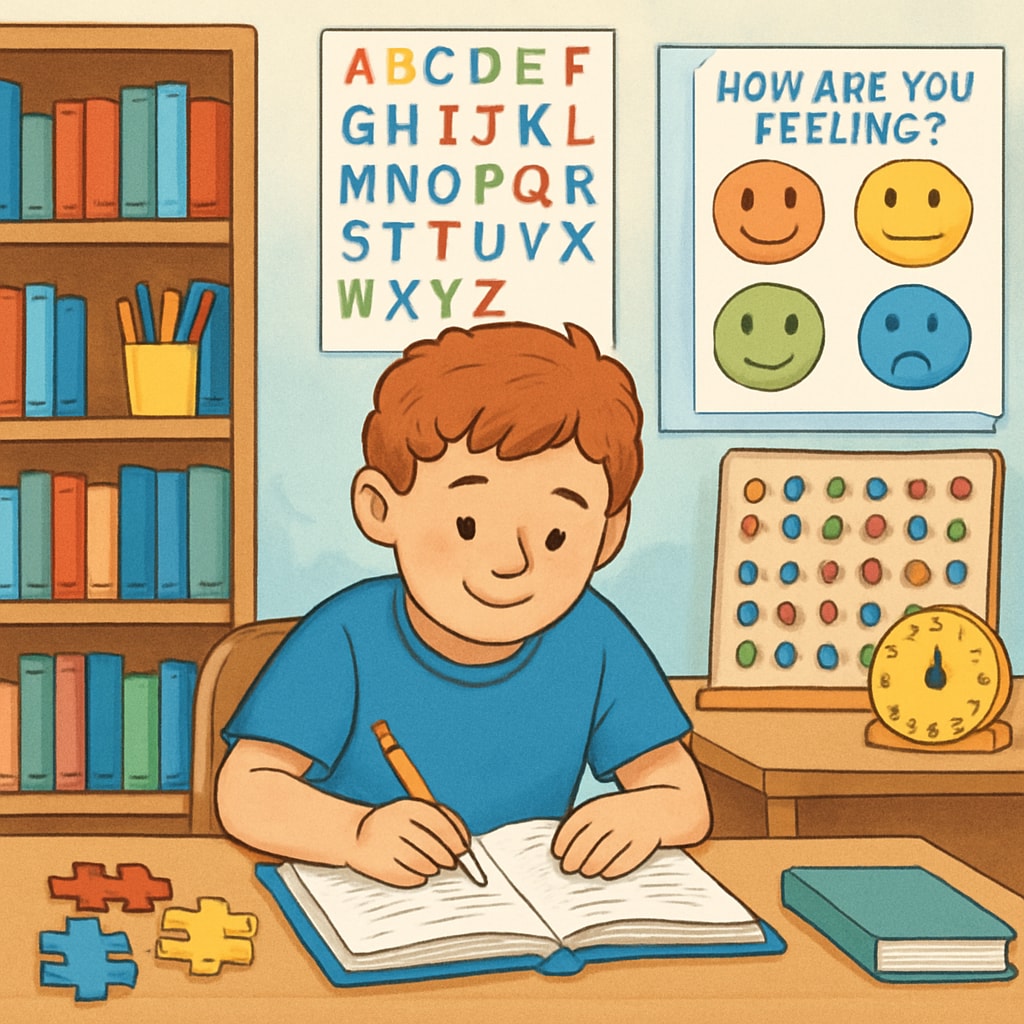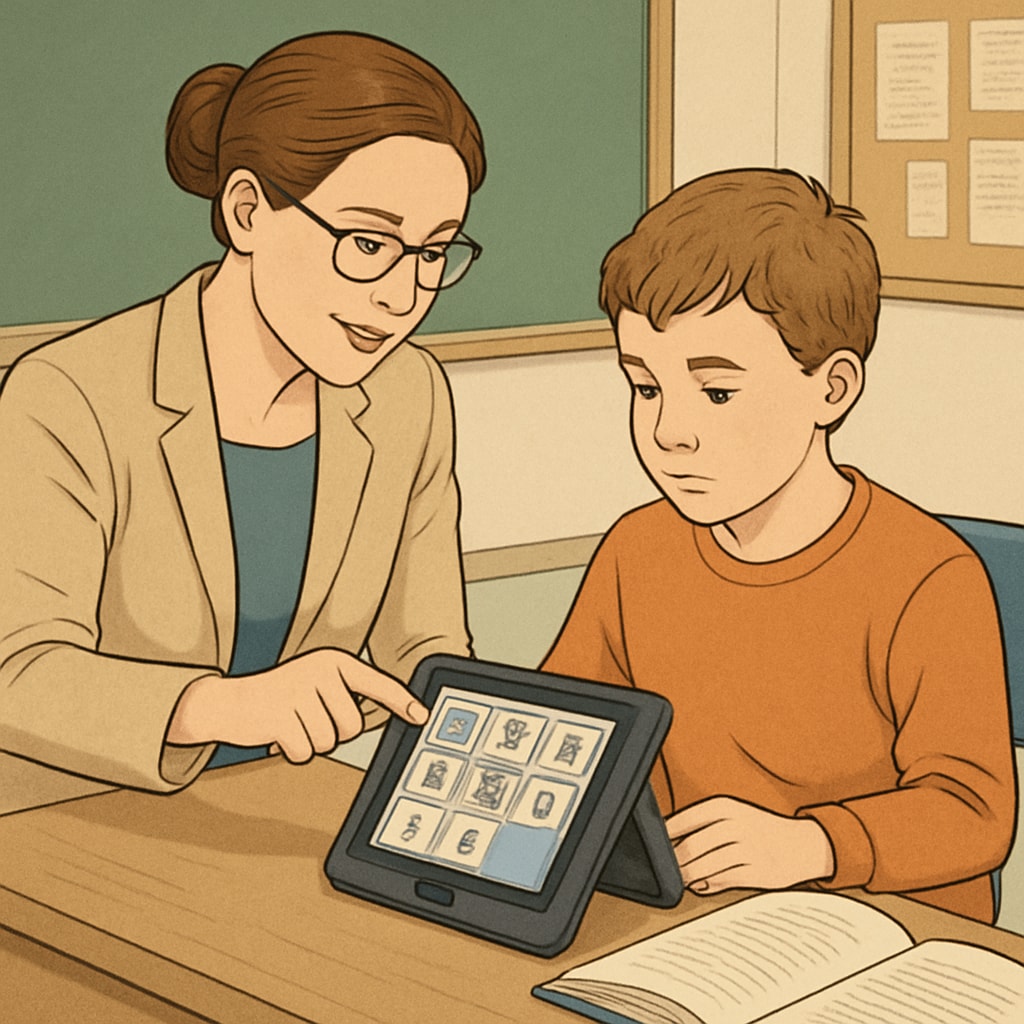For students with learning challenges, achieving lofty goals like pursuing a medical career can feel insurmountable. The modern education system often struggles to accommodate diverse learning needs, creating barriers for individuals aspiring to careers that require rigorous academic preparation. This article delves into these challenges and explores solutions—such as personalized learning strategies, systemic reforms, and equitable access to resources—that can empower every student to chase their medical dreams despite facing learning difficulties.

Understanding the Challenges in Education for Students with Learning Disabilities
Students with learning disabilities (such as dyslexia, ADHD, or cognitive processing issues) often encounter significant obstacles in traditional educational models. These systems tend to prioritize standardized approaches, leaving little room for personalized support. As a result, students may struggle to grasp foundational concepts or compete in high-stakes environments, especially in fields like medicine that demand intense focus and mastery of complex topics.
For example, standardized testing often fails to accommodate the unique needs of students with learning disabilities, further amplifying inequities. According to the Britannica article on special education, effective accommodations—such as extended test times or alternative testing formats—are critical to leveling the playing field for these learners.
Reimagining Education: Personalized Learning Strategies
To truly support students with learning challenges, the education system must embrace personalized learning strategies. These approaches tailor teaching methods, curriculum, and pacing to individual needs, fostering engagement and comprehension. For instance:
- Assistive Technology: Tools like text-to-speech software and adaptive learning apps can help students overcome barriers in reading and comprehension.
- Flexible Curriculum: Offering modular courses allows students to progress at their own pace, reducing pressure and encouraging mastery of topics.
- Specialized Instruction: Teachers trained in special education techniques can provide targeted support to address specific learning challenges.
These strategies not only improve academic outcomes but also boost students’ confidence and resilience, enabling them to pursue demanding careers like medicine.

Building an Inclusive Support System
Beyond personalized learning, an inclusive support system is essential for breaking down barriers in education. This includes:
- Mentorship Programs: Pairing students with mentors in the medical field who understand their challenges can provide guidance and inspiration.
- Peer Networks: Creating communities of learners with similar challenges fosters collaboration and emotional support.
- Parental and Family Involvement: Engaging families in the educational process ensures students receive consistent support both at school and at home.
Organizations like the International Dyslexia Association advocate for such systems, emphasizing the importance of collaboration between educators, families, and policymakers.
Promoting Equity Through Systemic Reform
Systemic reform is perhaps the most critical step toward ensuring equal opportunities for students with learning disabilities. Policymakers and educators must prioritize equity in education by:
- Funding Special Education Programs: Increased funding can expand access to specialized resources and training for teachers.
- Mandating Accommodations: Policies that require schools to provide accommodations for students with learning disabilities can prevent discrimination and promote inclusion.
- Rethinking Assessment Models: Moving away from one-size-fits-all testing toward competency-based assessments gives students multiple ways to demonstrate their knowledge and skills.
These reforms not only benefit students with learning disabilities directly but also create a more inclusive educational landscape for all learners.
Conclusion: Unlocking Potential Through Education
Students with learning disabilities should not have to abandon their medical dreams due to systemic barriers. By implementing personalized learning strategies, fostering inclusive support systems, and advocating for systemic reform, we can create an education system that empowers every student to achieve their full potential. Education is the foundation of opportunity—and every student deserves a chance to turn their aspirations into reality.
Readability guidance: Use short paragraphs and lists to summarize key points; ensure proper distribution of transition words; maintain an active voice and avoid excessive passive constructions.


